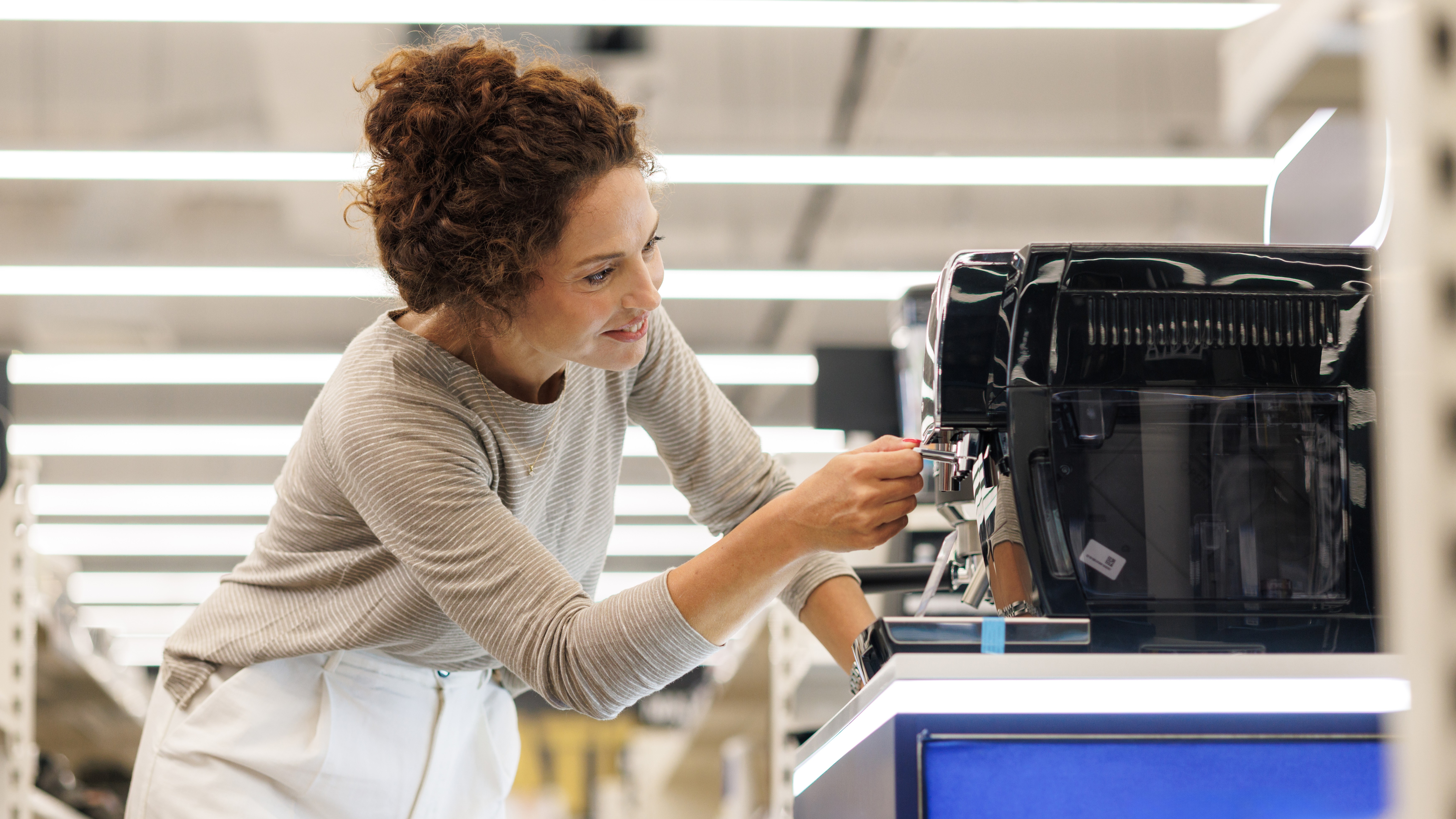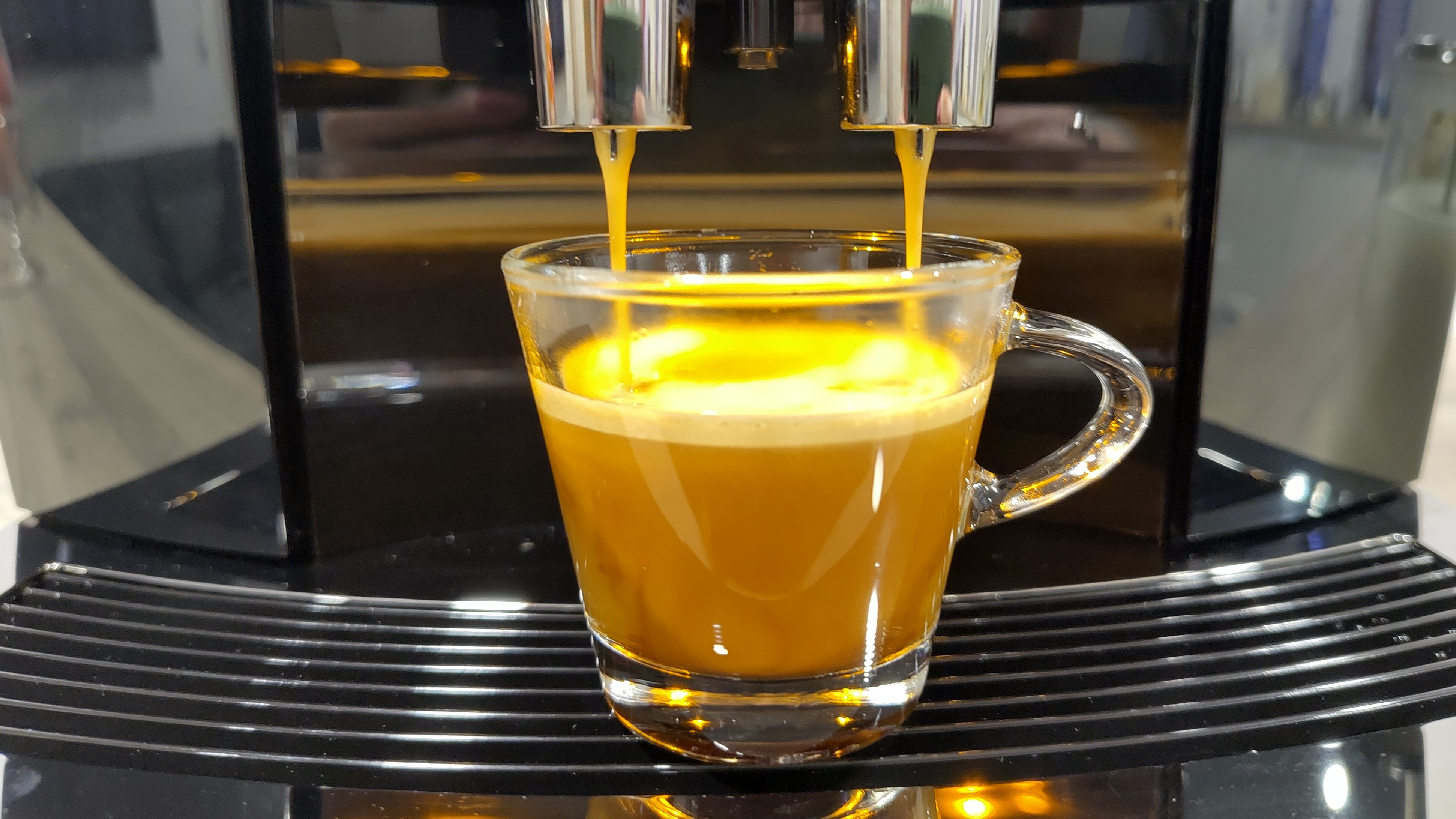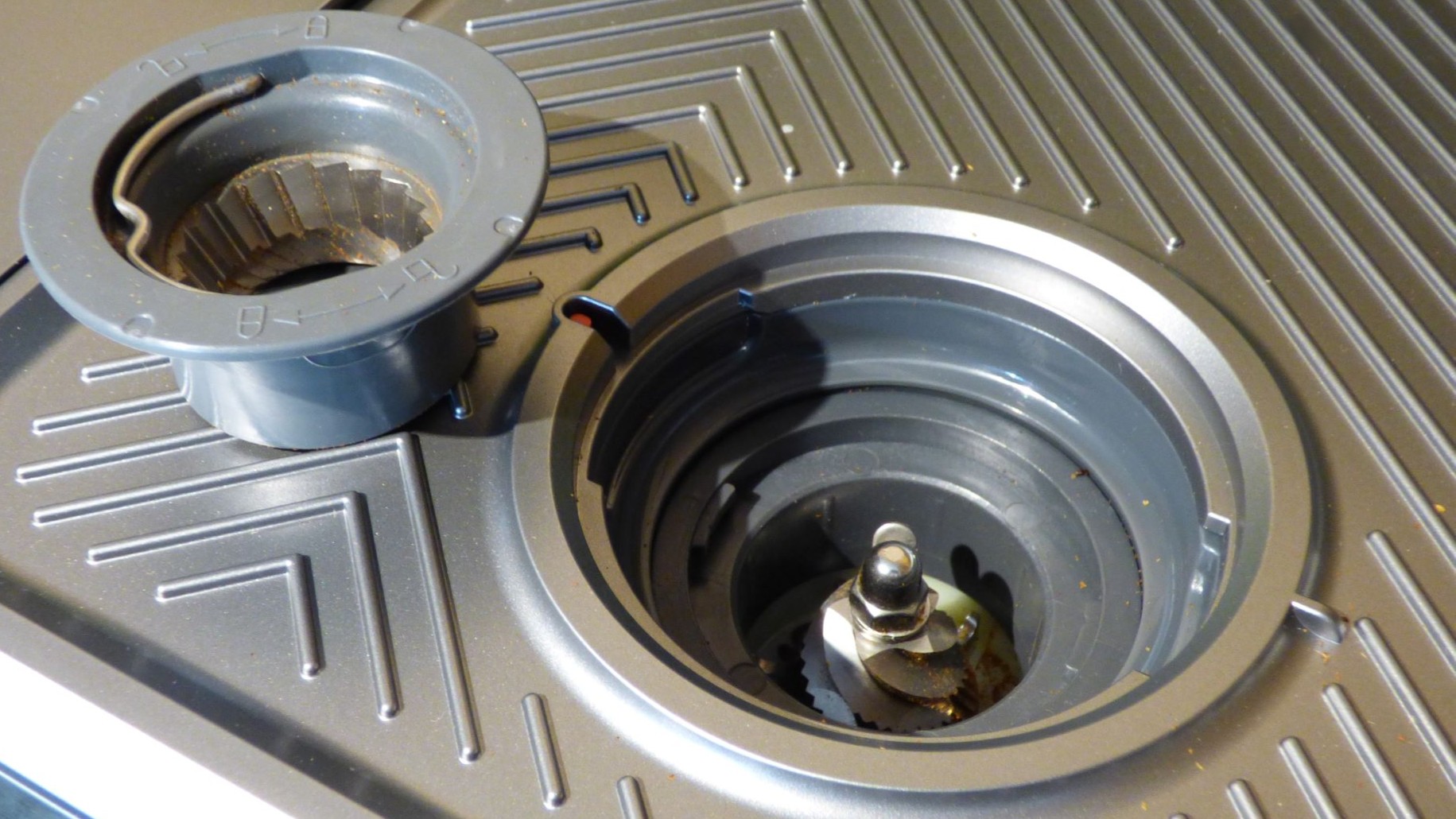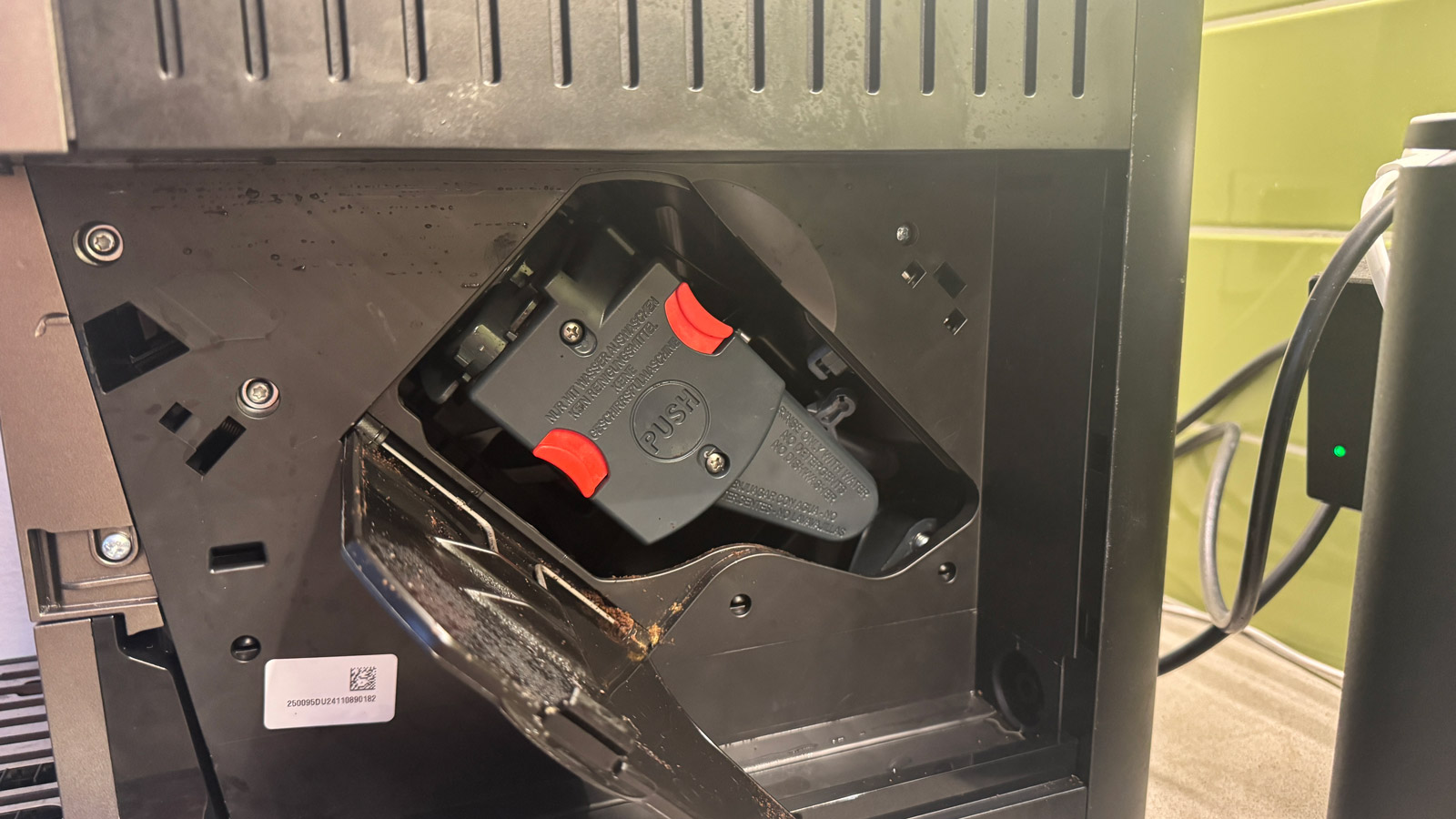As a trained barista, I want you to know these 3 things before buying your next coffee maker

I test a lot of coffee makers here at TechRadar, and I'm attuned to warning signs that a machine isn't going to perform well. All the machines in my list of the best coffee makers will give you excellent results time after time, but if you're considering something different (perhaps from a less well-known brand), there are a few things to beware of before handing over your cash.
It mostly boils down to consistency. It's no good if your coffee machine brews one delicious shot, and the next one is disappointing despite the settings being exactly the same. You won't be able to tweak the grind size or brew temperature to improve the results, because there's no way to tell what went wrong, or predict whether it will happen again.
It's also worth considering how easy your new coffee maker will be to maintain, particularly if you're choosing a bean-to-cup machine. Coffee machines can go moldy, and the odds of that happening are pretty high if they're poorly designed.
The importance of temperature control

Temperature has a huge effect on the taste of your espresso; more heat means faster extraction, so even if you're using the same beans with the same grind size, you can get very different results if the brewing temperature is different.
When you're shopping for a coffee machine, you'll probably see references to PID (proportional-integral-derivative) controllers. These work by constantly monitoring and adjusting the coffee machine's boiler to keep its temperature stable. Without one, the temperature within your coffee machine can increase and decrease dramatically as the heating element turns on and off. Put simply, they're a good thing.
The boiler is only part of the story, though. If your coffee machine's group (the part that passes hot water from the boiler through the coffee grounds) is cold and then heats up, this can also have a big effect on the water temperature. You can help avoid this problem by flushing it with hot water before brewing your first shot, but premium espresso machines may have two heating elements – one in the boiler and one in the brewing group – to keep the temperature throughout as stable as possible.
The significance of the grinder

For espresso, your coffee needs to be ground finely and consistently, and generally speaking, pricier espresso machines have better grinders. The cheapest machines might have blade 'grinders', which don't actually grind at all. Instead, they chop the beans up like a blender, producing irregularly sized and shaped pieces.
Sign up for breaking news, reviews, opinion, top tech deals, and more.
What you want is a grinder that passes the coffee through two burrs (conical, as shown in the image above, or flat) to produce particles that are evenly sized. Flat burrs generally produce more consistent results than conical ones, but are more expensive and generally only available in semi-pro level machines, or in standalone grinders.
There's also the material to consider. Most automatic espresso machines have stainless steel burrs (like the one above), which are initially sharper than ceramic and tend to grind more quickly. Ceramic burrs (like those of the Philips 5500 Series LatteGo) don't heat up as quickly as metal ones, and generally stay sharp longer, provided they don't encounter any debris like small sticks or stones.
If you own an espresso machine that always produces under-extracted coffee, and the pucks of used grounds are always wet, it might be worth investing in a high-quality standalone grinder and using that instead (provided it has a chute for ground coffee).
The value of maintenance

After testing a coffee maker, I always make sure to clean it thoroughly, using all its cleaning programs and making sure it's returned to the manufacturer in spotless condition. It's an important part of the review process, and a coffee machine can easily lose a star or more if it's a hassle to care for.
That's particularly true for bean-to-cup machines. I tend to think of these as a trade-off – making each drink is easier than doing so with a manual machine, and doesn't require the same skill, but you have to invest more time in keeping everything clean. The interior of a bean-to-cup machine is a warm, moist place, and if it's not properly cared for, it can be an ideal environment for mold to flourish.
Emptying the used grounds container and drip tray every day, washing them, and leaving them out overnight so the inside of the machine can air-dry is essential, but it's also important that you can properly clean the brew unit, the part of the machine that passes hot water from the boiler through the ground coffee. This can usually be accessed by unclipping a panel on the side of the machine, but not always.
I also want to be able to disassemble and clean the grinder. Over time, oils and debris will build up on the grinder's burrs, which can cause the burrs to stick or jam. Ideally, you should be able to unlock the top section of the grinder and lift it away to access both sets of burrs for proper maintenance.
Pretty much all automatic coffee makers will have rinsing and descaling programs, but an option I always really appreciate is the ability to evaporate all water from the system. I've only seen it in a couple of machines, but it's an excellent way to keep the inside dry and inhospitable to mold.
You might also like

Cat is TechRadar's Homes Editor specializing in kitchen appliances and smart home technology. She's been a tech journalist for 15 years, having worked on print magazines including PC Plus and PC Format, and is a Speciality Coffee Association (SCA) certified barista. Whether you want to invest in some smart lights or pick up a new espresso machine, she's the right person to help.
You must confirm your public display name before commenting
Please logout and then login again, you will then be prompted to enter your display name.